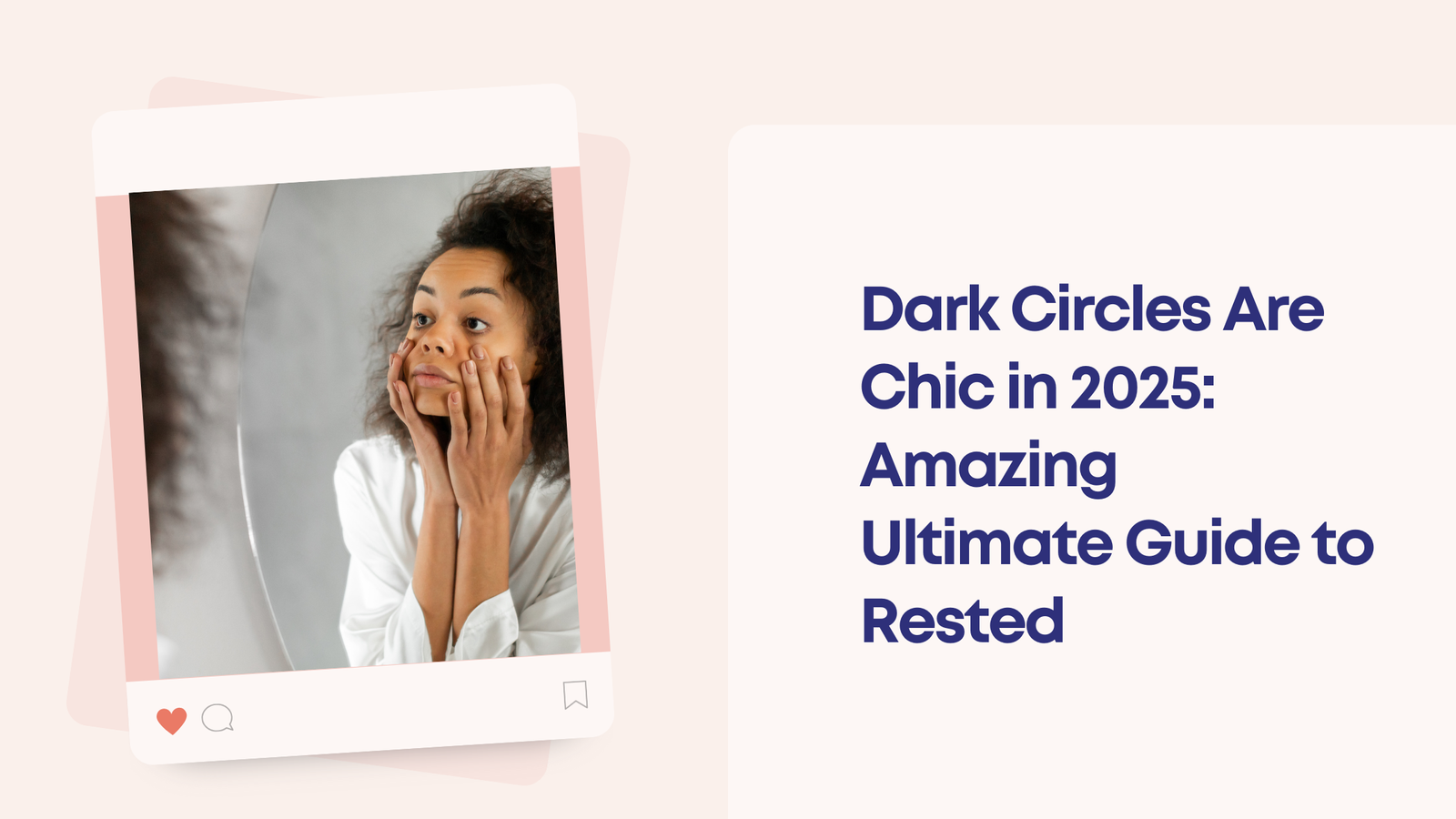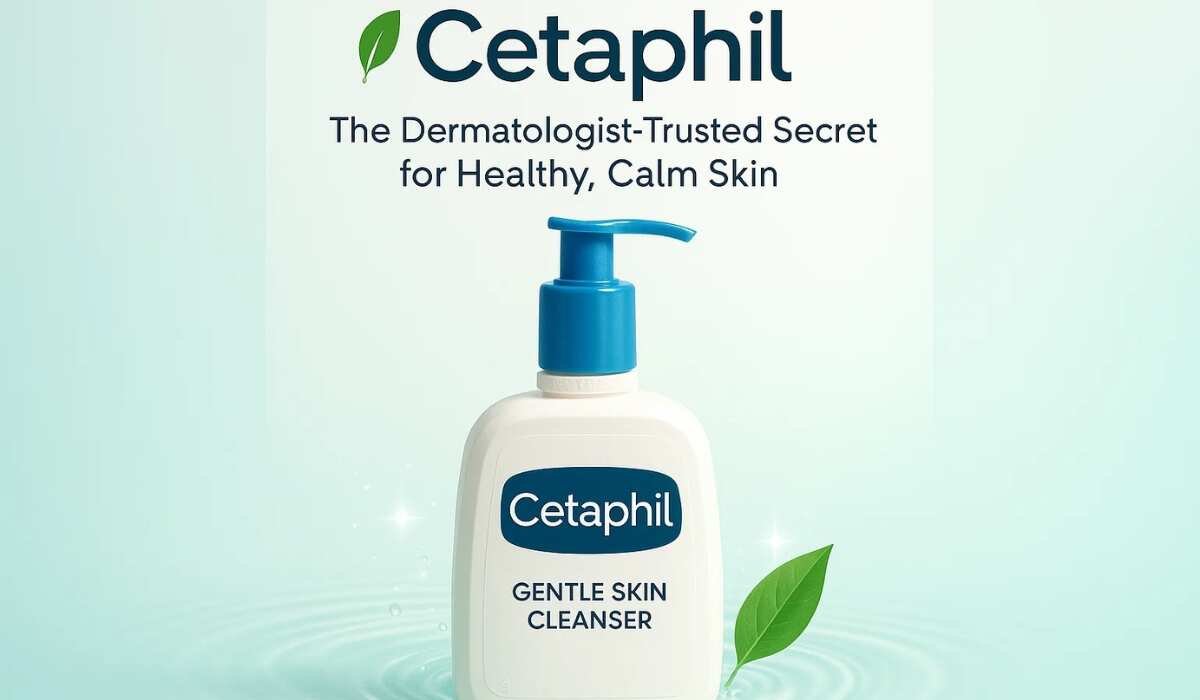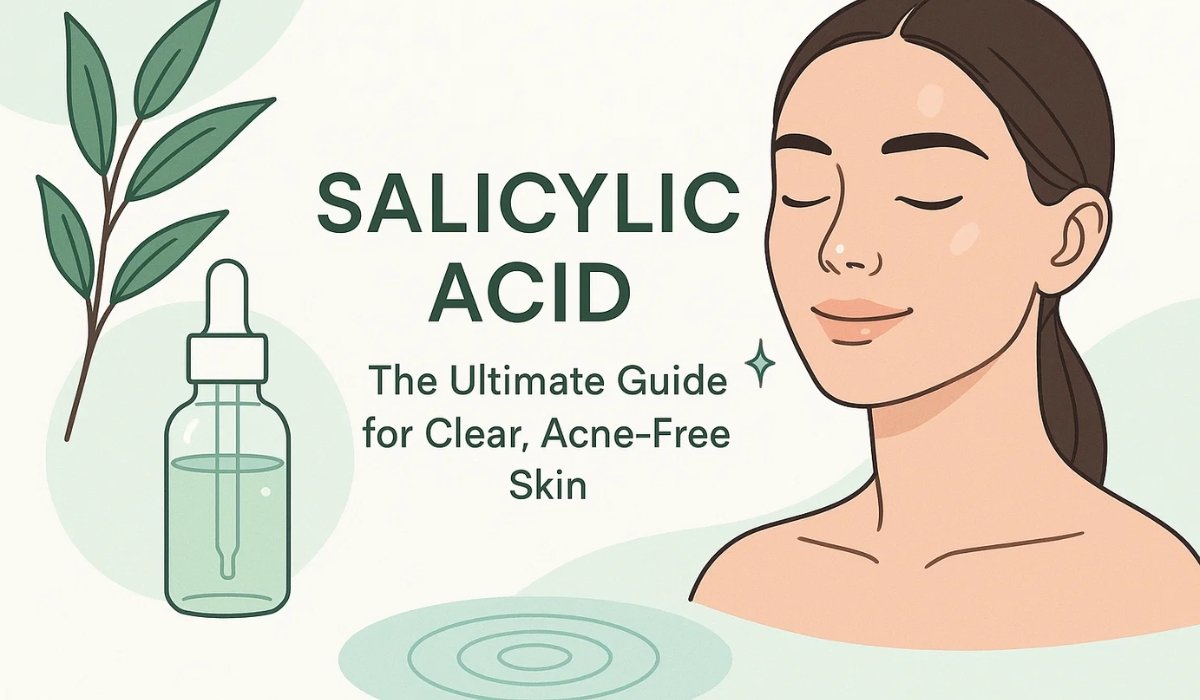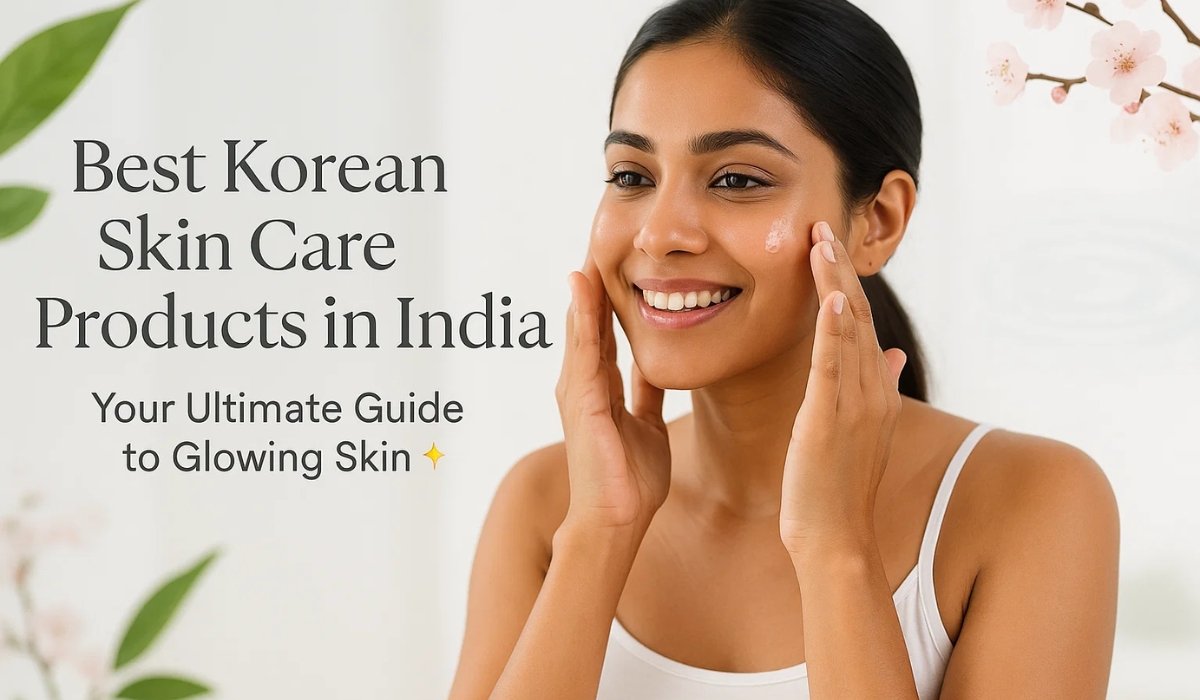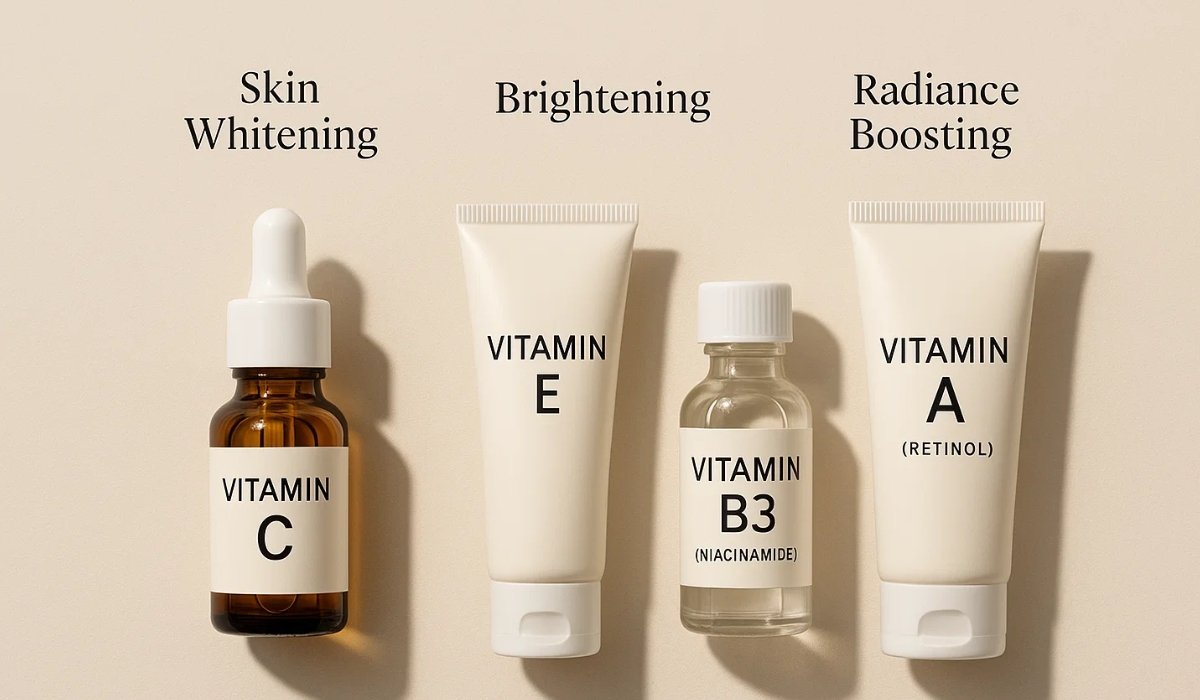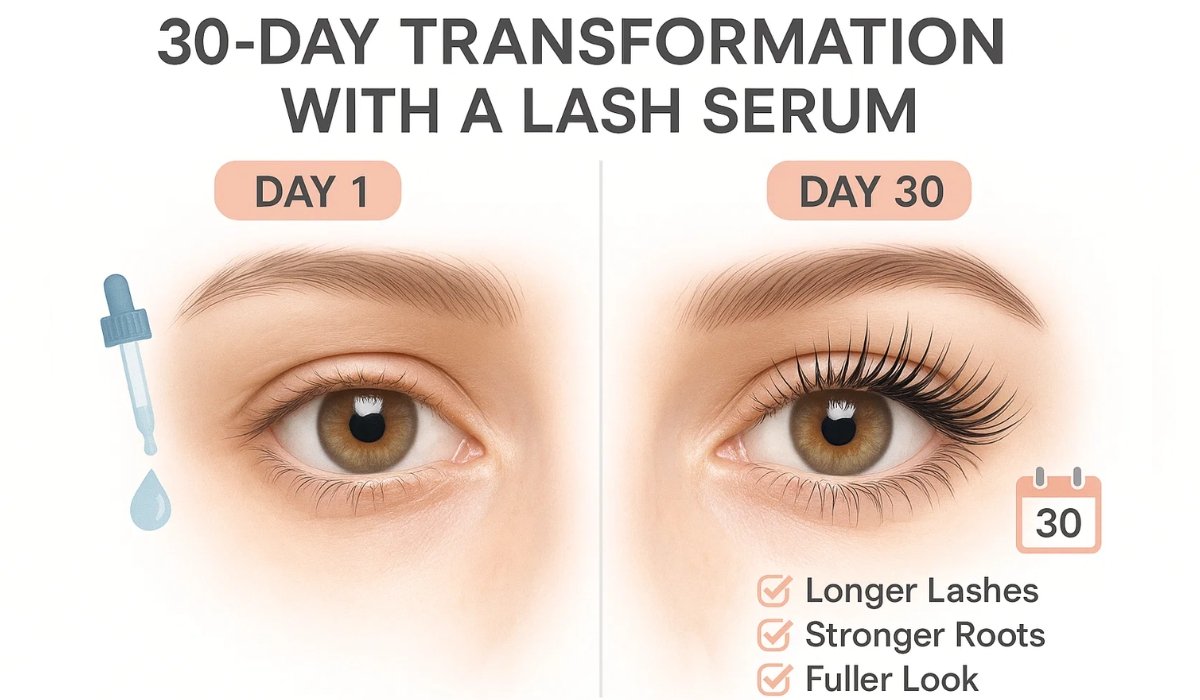Dark Circles have long signaled fatigue, but in 2025 they’re becoming a fashion-forward trait. This shift reflects a culture that embraces authenticity and personal storytelling through makeup and fashion. The trend invites a rested vibe as a new form of chic.
From street style to glossy magazines, Dark Circles have moved from being hidden at the edge of the bag to a focal point of personal style. In this guide, you’ll learn how to embrace the trend, understand what causes the modern look, and apply practical steps to achieve a confident, rested appearance. Whether you want to minimize or celebrate the effect, the approach is about intention, not perfection.
The Rise of Dark Circles as a Style Statement
Today, Dark Circles are less about hiding and more about shading, mood, and character. The look is anchored in contemporary beauty narratives that celebrate imperfectly perfect skin. When done intentionally, the effect can convey focus, ambition, and a lived-in confidence that resonates across social media and in real life.
For many audiences, the appeal lies in texture and nuance rather than flawless uniformity. Dark Circles provide a canvas for wearable color, from soft taupes to bold color-block silhouettes that echo the mood of a person without erasing signs of a long week or a late night. Embracing the look invites conversation about wellness, work-life balance, and self-acceptance, making Dark Circles a statement about modern life rather than a blemish to hide.
Beauty editors and fashion photographers have highlighted the look as a metaphor for resilience. When the eye area carries shadows with intention, the overall image feels honest and compelling. The trend is not about neglect but about storytelling through light and shade, and Dark Circles serve as a narrative device rather than a defect.
What Causes Dark Circles in Modern Lifestyles
There are multiple factors behind the appearance of Dark Circles in many adults today. Genetics, thinner skin, increased vascular visibility, and pigmentation shifts interact with lifestyle choices to shape the under-eye region. While some people are predisposed to this look, there are clear strategies to influence how Dark Circles present themselves in daily life.
- Sleep debt: Poor sleep or irregular schedules can magnify the shading around the under-eye area, making Dark Circles more pronounced. Consistency matters as much as duration.
- Allergies and inflammation: Subtle swelling can cause a dark hue to show through; addressing allergens can lighten the look and reduce puffiness.
- Sun exposure: UV damage can cause pigmentation to deepen; sunscreen protects the delicate under-eye skin and keeps tone even over time.
- Fluid retention: Salt-heavy meals or hormonal cycles can worsen puffiness and dark tones, especially after long flights or screen-heavy days.
- Thinning skin with age: As collagen and fat pads decline, the veins beneath become more visible, intensifying the Dark Circles effect.
- Genetics: Inherited vascular and pigment patterns contribute to the baseline appearance of Dark Circles, making them a part of your natural look.
Makeup and Skincare: How to Manage or Embrace Dark Circles
Skincare routines for the under-eye area
A thoughtful skincare routine focuses on hydration, barrier support, and gentle lifting around the eye. Ingredients like caffeine, vitamin C, peptides, and hyaluronic acid are often recommended to support brightness and firmness. While skincare alone won’t erase Dark Circles overnight, with consistency you can reduce their intensity and improve how makeup sits on the skin.
- Cleanse with a mild, fragrance-free formula to avoid irritation near the eye.
- Apply a caffeine-infused serum or cream to briefly constrict blood vessels and reduce darkness.
- Use a peptide-rich eye cream at night to support the skin’s resilience and moisture retention.
- Finish with broad-spectrum sunscreen and protective sunglasses to prevent further pigmentation.
- In the morning, consider a cold compress or chilled eye roller to refresh the under-eye area.
Makeup techniques to either conceal or accentuate
Concealer is a trusted tool for Dark Circles, but correct shade selection and technique are essential. Choose a lightweight, slightly peachy or salmon-toned corrector to neutralize blue or purple tint, then blend with a creamy concealer that matches your skin tone. A light mist of setting spray helps keep the finish fresh throughout the day. A careful layering approach prevents creasing and preserves a natural look.
To embrace the look, you can use a soft cream shadow or a subtle liner to frame the eye and echo the shape of the under-eye area. This approach creates a cohesive, fashion-forward appearance where Dark Circles feel intentional rather than accidental. Consider pairing the eye detail with a clean brow and a balanced lip to maintain harmony across the face.
The Fashion Angle: How Designers and Influencers Are Wearing Dark Circles
Across runways and social feeds, the presence of Dark Circles signals a new standard: beauty that feels lived-in and real. Designers pair under-eye details with bold fashion statements, creating contrast that draws attention to the eyes without erasing signs of a long day. Influencers experiment with color-tinted under-eye products, graphic liner, shimmer, and sculpted brows to balance the mood of the look.
This fashion-forward approach emphasizes self-expression. Dark Circles can be accentuated with metallic highlighter, smoked shadows, or even color-correcting palettes that highlight rather than hide. The key is harmony: the under-eye tone should complement the rest of the makeup and the overall wardrobe, not overpower it. When styled confidently, Dark Circles become a mark of character and taste, not a deficiency.
Practical Roadmap for 2025: Embrace or Minimize with Confidence
Whether you want to minimize or celebrate Dark Circles, a practical plan works best when it aligns with your lifestyle and goals. Start by identifying how the look makes you feel in real life: do you prefer a polished, glossy finish or a more matte, natural vibe? The action items below help you tailor your routine to your personal aesthetic while keeping the focus on healthy skin and confident expression.
- Audit your sleep and stress management: Set a reasonable bedtime, create a wind-down routine, and consider short breaks during the day to reset focus. Consistency matters more than raw length of sleep.
- Revise your skincare ritual: Invest in an under-eye product with caffeine, vitamin C, and peptides, used consistently for several weeks to gauge effect. Pair with a hydrating daytime moisturizer for seamless makeup application.
- Refine your makeup approach: Practice shading and highlighting techniques to control depth and brightness around the under-eye area. Experiment with color correction and setting powders to keep the look fresh in different lighting conditions.
- Protect and accessorize: Wear sunglasses in bright light and use sunscreen with a high SPF to maintain skin tone around the eyes. A hat or scarf adds extra protection and style cues.
- Balance your lifestyle: Hydration, balanced meals, and regular movement can change the way Dark Circles look over time. Avoid heavy alcohol and limit salt late in the day to reduce puffiness.
- Experiment with textures: Try satin or dewy finishes on the eye area to reduce the appearance of heavy shadows, then switch to matte for stronger fashion statements as needed.
Frequently Asked Questions
Are Dark Circles always a sign of poor health?
Not necessarily. Dark Circles can be influenced by genetics, skin thickness, and vascular factors. They are frequently a cosmetic concern rather than a direct health issue, though they can reflect sleep or allergy patterns that deserve attention.
Can I completely cover Dark Circles with makeup?
Nearly complete coverage is possible for many people, but the goal should be a natural, believable finish. A color-correcting step, the right shade of concealer, and proper blending are essential. For some, embracing the look with a soft glow is equally effective.
What lifestyle changes help reduce the appearance of Dark Circles?
Regular sleep, stress management, sunscreen, and a consistent skincare routine can reduce the look of Dark Circles over time. Hydration and a balanced diet also support healthier skin around the eyes.
Is it okay to embrace Dark Circles as part of my style?
Absolutely. If the look resonates with your personal aesthetic, own it with confidence. The current beauty conversation celebrates authenticity, and Dark Circles can be a bold expression of that philosophy.
Do eye masks or patches work for Dark Circles?
Under-eye patches and masks can provide temporary relief from puffiness and improve hydration, which can soften the appearance of Dark Circles; however, their effects are short-lived and best used as a complement to a broader routine.
Conclusion
In 2025, Dark Circles are more than a flaw to conceal—they’re a nuanced style cue that conveys personality, mood, and modern life. By understanding the causes, applying smart skincare, and mastering makeup techniques, you can decide whether to embrace or minimize the effect while maintaining a healthy, confident glow. This trend doesn’t demand perfection; it invites you to present your best, most authentic self with purpose and poise. The chic, rested look is within reach for anyone ready to redefine how we see fatigue in fashion and beauty.
